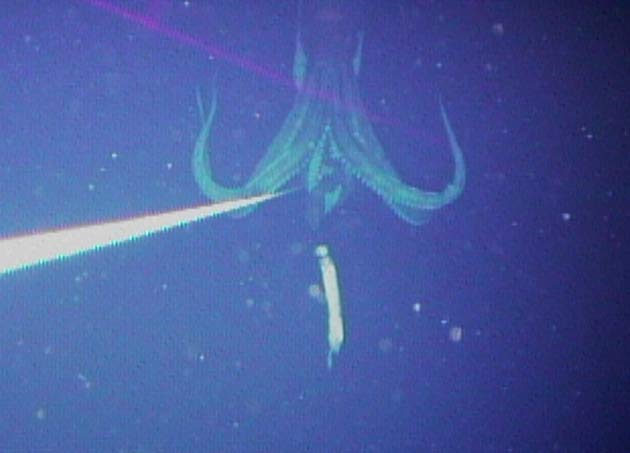

A typical giant squid may live one to two years, and the maximum is three to four years. Giant Squids have been known to roam the oceans for many years, but not until recently have we gotten photographic proof of that thanks to advances in technology. Vecchione told Snopes that giant squids don’t have a very long life in relation to humans. At 3.7 metres (about 12 feet) long, the Toyama giant squid is relatively small the largest one ever caught was an impressive 11.96 metres (39.27 feet) leading scientists to believe that this. Smithsonian biologist Mike Vecchione, who specializes in cephalopods, told us in a phone interview that it appeared in a second video posted by the aquarium that the squid was breathing - but that it was probably near death. The squid was real, but didn’t appear to be in good health. The number of different giant squid species has been debated, but genetic research suggests that only one species exists. Giant squid sightings are somewhat unusual, so the video created a lot of excitement.

When opening night came - be strong now, the name is a mouthful - the National Museum of Natural History’s Ocean Hall was a hit thanks to the display.In late January 2021, the Aquas Aquarium in Shimane prefecture in southern Japan posted a video on Twitter showing a giant squid that was found washed up in the city of Izumo. For weeks, the squids were drained of formalin and treated with other preservatives.
#Are giant squids real series
22 These were meticulously documented in a series of papers by Yale zoologist Addison Emery Verrill. Claims of specimens measuring 20 m or more have not been.

The mantle of the giant squid is about 2 m long, and the length of the squid excluding its tentacles rarely exceeds 5 m. It can grow to a tremendous size, offering an example of deep-sea gigantism: recent estimates put the maximum size at around 1213 m for females and 10 m for males, from the posterior fins to the tip of the two long tentacles. The project became known as Operation Calamari and the cephalopods were referred to as VIS (Very Important Squid).Īfter the shipment landed at Andrews Air Force Base in Maryland, it was driven to the local Smithsonian Support Center. The giant squid's existence was established beyond doubt only in the 1870s, with the appearance of an extraordinary number of complete specimensboth dead and alivein Newfoundland waters (beginning with 21 ). The giant squid is a species of deep-ocean dwelling squid in the family Architeuthidae. Soon enough, members of the Spanish and US Navy, and US Airforce teamed up with scientists from both countries to send the squid to their new home.

At one end, surrounding a beak-like mouth strong enough to cut through steel cable. Out of desperation, the Smithsonian called the US Navy who agreed to help. Giant squid are carnivorous mollusks that have a long, torpedo shaped body. With the new hall opening soon, time was running out. The female alone was 10.97 meters (36 feet) long and both drifted in hundreds of gallons of formalin. No commercial aeroplane could carry the beasts. Between Spain and the Smithsonian sat the Atlantic ocean.


 0 kommentar(er)
0 kommentar(er)
